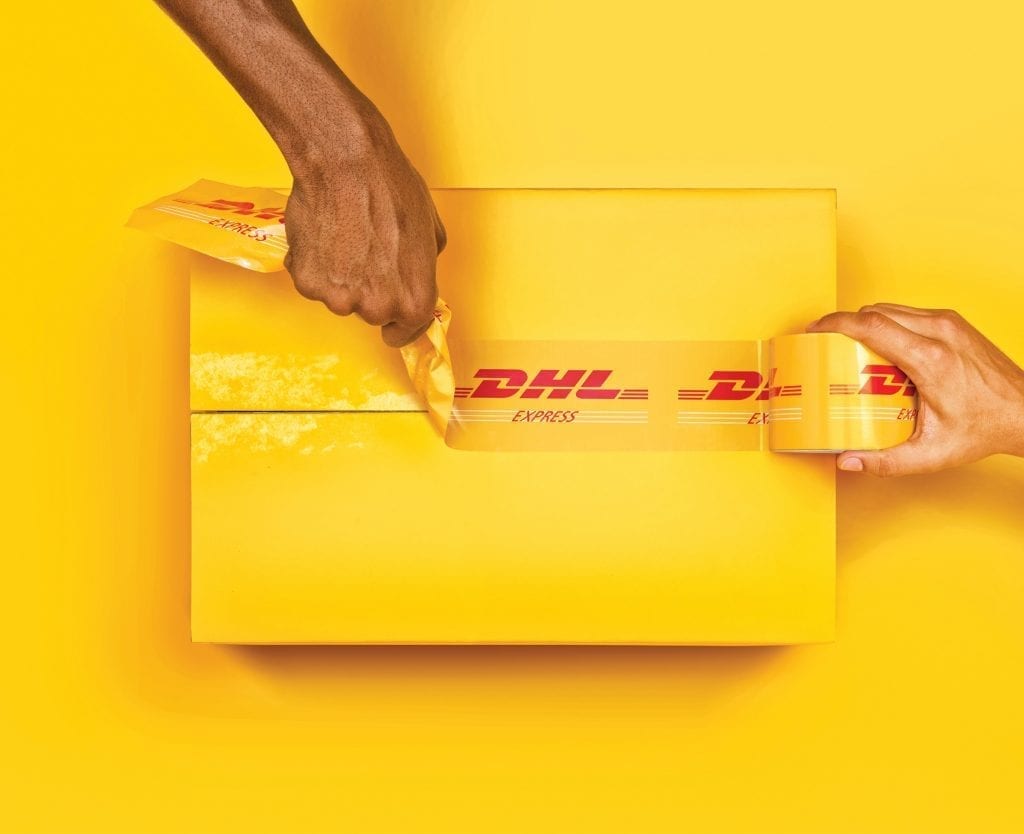
When a business operates across hundreds of sites globally, the little things add up. And so German logistics company DHL has kick started a series of internet of things (IoT) pilots across its sites around the world – the latest being an automotive plant in Liuzhou, China, with the help of Chinese technology company Huawei.
The proof of concept, delivered jointly with China Mobile and Huawei, will make use of Narrowband IoT and run with 100 DHL drivers. Narrowband IoT (NB-IoT) is a low power wide area (LPWA) technology that is designed to allow IoT devices to transmit data to and from one another across a network, and was standardised by the 3GPP group in June last year.
Inbound truck drivers check a mobile app and are directed to a free dock as soon as it becomes available, and the results so far have seen the average waiting time halve from 40 to 20 minutes.
Trucks can be prioritised according to the site’s needs, and incoming shipments can be sent to the dock most appropriate for them. DHL expects the pilot to run until the end of September.
DHL has previously partnered with Cisco and IoT startup Conduce to introduce IoT ‘cockpits’ into its warehouses in Germany, the Netherlands and Poland. These systems took data from equipment and visualised it for real-time operation management.
“We are working with everyone in the industry who offered us solutions that are interesting to us,” says Dr Markus Voss, CIO for DHL, speaking with Computerworld UK at Huawei Connect in Shanghai, China. “This is early stage in terms of the technology and we are open to partnerships, not just with tech giants but also startups, as well as research institutes. It really is an ecosystem of partners.”
That ecosystem could also include smart cities or governments that have a certain need DHL could provide through its expertise in the field, and the company has run pilots for smarter city logistics.
But Huawei, the Chinese business that went from providing switching equipment in the domestic market to becoming a worldwide player in networking and cloud, has long had a partnership with DHL.
“We have been working with Huawei for decades, they have been a provider for us, and we have been a provider for them, so this is a long-term relationship,” says Voss.
“The trial has already proved its readiness: we have reduced waiting time, which is awesome for productivity, as well as error rates quite dramatically. That, I would consider a success, so we can roll this out to other parts of our operations.”
These pilot programmes, Voss says, quite clearly demonstrate both the results and the future possibilities that come with integrating newer technologies into the supply chain, and so buy-in at the board level has not been a particularly hard sell.
“There has never been a better time to sit at the board level and have a very important seat at the table,” says Voss. “So when I talk to my colleagues about digitisation they are very, very open minded, see the possibilities themselves, and are excited. We work very closely together so it was an easy sell-in, essentially.”
DHL Supply Chain, a Bonn-based division of Deutsche Post DHL, has run other pilots to demonstrate how it can apply new technologies to the supply chain.
Last year, the company tested an augmented reality (AR) glasses programme across warehouses in the US and the UK. The smart glasses could be used to quickly locate where an item needs to be placed on a trolley, with the aim of reducing error rates while freeing up workers’ hands to pick items faster.
It also ran a trial at a site in Unna, Germany for the use of ‘EffiBot’, a robotic trolley that follows pickers through warehouses and is designed to lighten the physical load of pushing heavy carts around. The company is also testing the Baxter and Sawyer robots (pictured above) in some warehouses.
While AR glasses have been a consumer flop to date, Voss says the company saw “huge potential” in using the technology to create efficiencies in the workplace. While DHL keeps an eye on emerging trends in social, business and consumer technology, Voss stresses that IoT has the potential to generate as much as 1.77 trillion in additional value for the logistics market worldwide, and this could forge new paths for the business to build revenue.
“There are still a lot of inefficiencies in today’s supply chains, there are trucks that are empty on one route,” Voss says. “There is a lot we can bring in, more algorithms, more knowledge, more data and information about what happens, so I think there’s huge potential for us to drive better efficiencies out of the supply chain.
“What I’m sometimes more excited about are the completely new business models – how can we think of something that is out of the traditional offers a logistics provider would bring to the table?”

